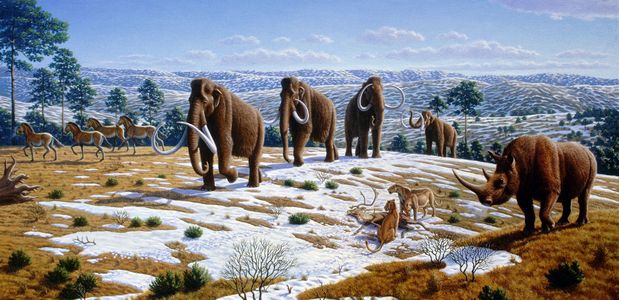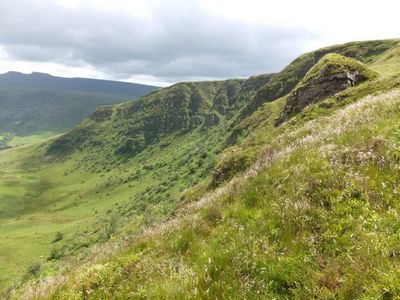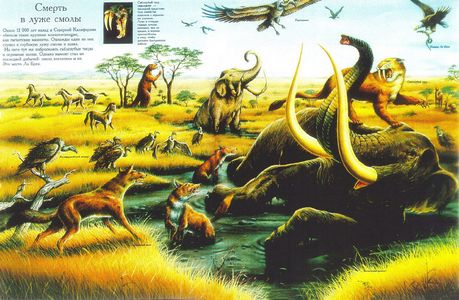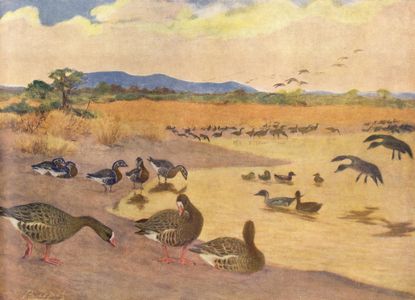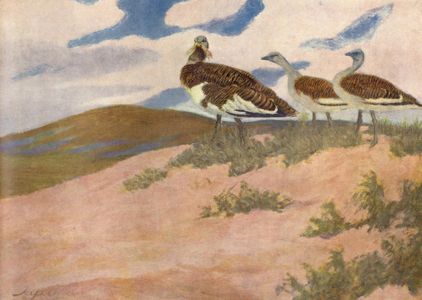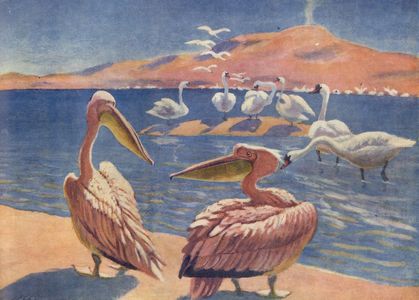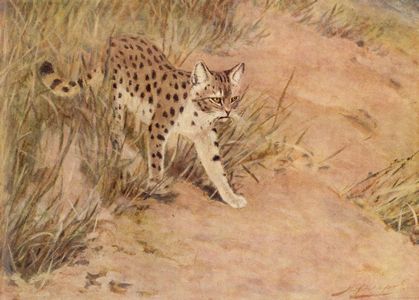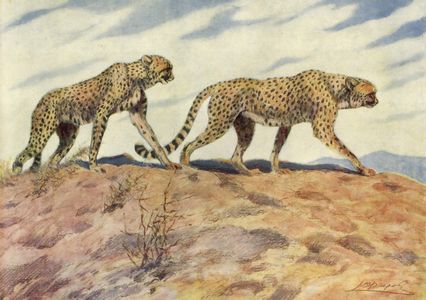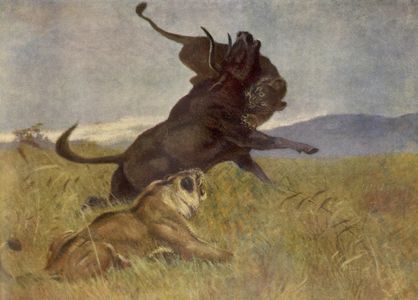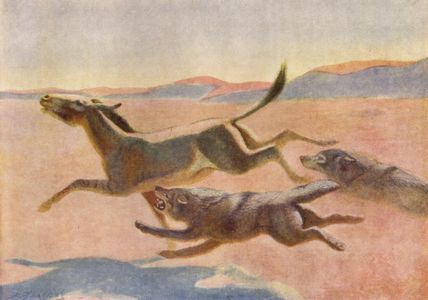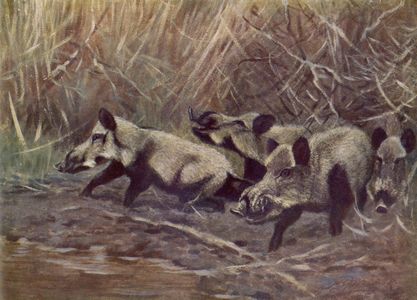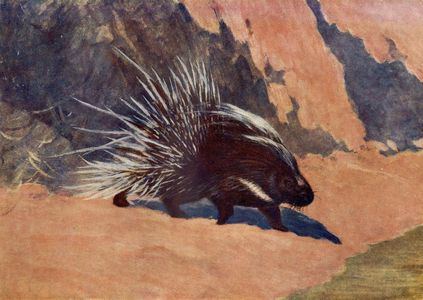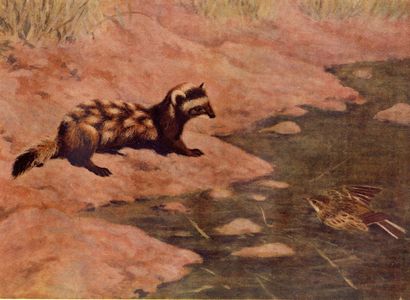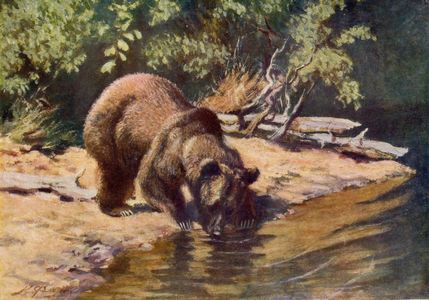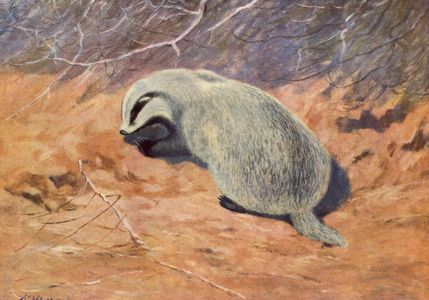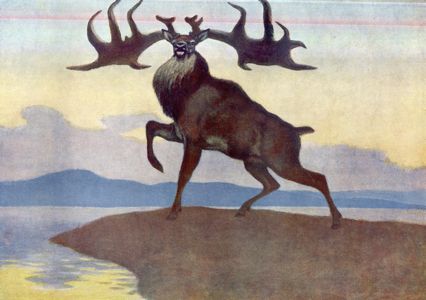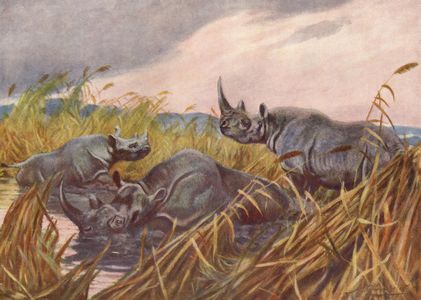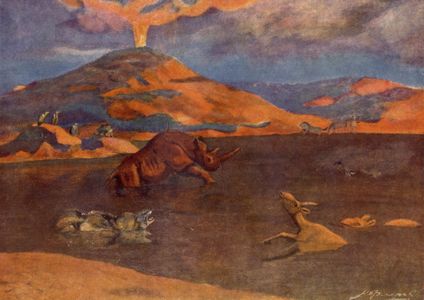AZERBAIJANI TERRITORY IN QUATERNARY PERIOD
Samples of tangible culture dating back to the Quaternary Period and reflecting all the main stages of human development have been discovered in Azerbaijan’s territory. According to the geo-chronological division, the Quaternary Period is divided into three epochs: Eopleistocene, Pleistocene and Holocene.
In the Azerbaijani territory, the Eopleistocene epoch corresponds to the Absheron century, which began 1.8 million years ago. Eopleistocene ended 700,000 years ago and was superseded by the Pleistocene epoch. The latter, in turn, is divided into the early, middle and upper stages. In Azerbaijan, the early Pleistocene overlaps with the Baku century (700,000 to 400,000 years ago), while the middle Pleistocene coincides with the lower Caspian age (400,000 to 130,000 years ago) and the upper Pleistocene corresponds to the upper Caspian and early Khvalin centuries. The Pleistocene epoch is known as the Ice Age.
Holocene, which is the last epoch of the Quaternary Period, covers the latest 10,000 years. The Holocene epoch is characterized by global warming. In this period, i.e. 8,000-5,000 years ago, the Caspian was 6-7m above the current sea level. In general, the natural conditions of the Holocene were largely similar to those of the current time period.
BINAGHADI MINERAL TAR LAKE
In 1938, Azerbaijani geologist A.S.Mastanzade discovered an accumulation of animal remains dating back to the most ancient time period on a small hill in the area of the Binaghadi mineral tar lake. Throughout several millennia this high-rise area had been a one-of-a-kind “cemetery” of the Quaternary Period animals that died in the lake. The remains merged with sand and oil and were covered by mineral tar, which ensured their high integrity. The Binaghadi finds provided a clear picture of the Pleistocene-era flora and fauna that existed in the Absheron Peninsula about 180,000 years ago. A total of 50,000 vertebrate species were discovered here, including 40 species of mammals, 110 species of birds, two species of reptiles, and one type of amphibians. In addition, 107 species of insects and 22 types of plants were found in the area.
MOST ANCIENT EXHIBITS
Most ancient exhibit: fragment of petrified tree
A fragment of a petrified tree is the most ancient exhibit in the paleontological collection of the National History Museum of Azerbaijan. The fragment, which is 52.5 cm long and 12 cm wide, was discovered by Azerbaijani geologists in the territory of the Shamakhi district within the layers of the Maikop sedimentation. These strata, which shaped up 33.9 million to 23 million years ago, date back to the Oligocene Epoch and the Early Miocene.
Binaghadi rhinoceros
The remains of a rhinoceros found in the Binaghadi mineral tar lake are attributed to a new species similar to Merck’s rhinoceros. The Binaghadi rhino (Rhinoceros Binaqadensis Dzh.) had an elongated head and two horns positioned one after another. The large horn was located in the front part of the head and the small one was behind it. Rhinos inhabited areas with flowing water, marshes or shores with densely grown shrubs. They ate tree branches and bushes, reed, grass, roots and were mostly active at night.
Binaghadi wild horse
The Binaghadi wild horse (Equus eff. Coballus L.) was distinguished by a tight body build, a straight and thick neck, a short back and a wide, deep chest. The horse had straight and steadfast hooves. Herds included 10-15 horses each. In the daytime and at night such horses were out looking for food, while in the afternoon they rested in areas that were inaccessible for predators.

